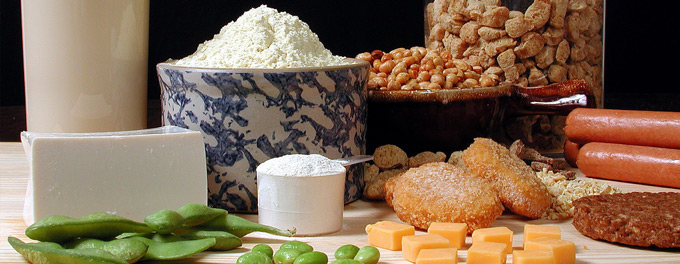
Products containing soy oil and protein can be found throughout the supermarket. That’s because soy is more than just tofu. In fact, the food industry uses about three-quarters of all U.S. soy oil in consumer food products like baked goods, cooking oils, salad dressings, snack foods and more. Commonly sold as vegetable oil, soy is the No. 1 source for cooking oil. To meet the needs of the food industry, the checkoff supports research to expand the production and use of soy oil for human consumption.
High Oleic
Four billion pounds per year. That’s how much of the edible oil market the U.S. soy industry has lost since the onset of trans-fat labeling in 2006. But now the soy industry is uniting behind high oleic soy oil, which contains no trans fats and less saturated fat than commodity soy oil.
The food industry prefers the oil for higher functionality in frying and baking applications due to a longer fry and shelf life without the need for hydrogenation and because it contains less saturated fats and no trans fats. The industrial sectors can also benefit from higher functionality using high oleic for expanded lubricant applications thanks to better cold flow properties than conventional soy oil.
The soy checkoff recently committed to an industry partnership to increase the availability of high oleic soybeans around the country, setting a goal to have high oleic soybeans planted in 25 million acres by 2023.
High oleic will increase the value of U.S. soybeans and U.S. soy oil. Farmers can expect to see a price increase per bushel up to $1.23, which results in an additional $4 billion to soybean farmers nationwide.
Soy Connection
Soy Connection, a website sponsored by the United Soybean Board, provides a Product Overview, which expands on the many types of food products that contain soy.
The free Soyfoods Guide is a great tool for the general public seeking quick tips, recipes and information about soyfoods.
